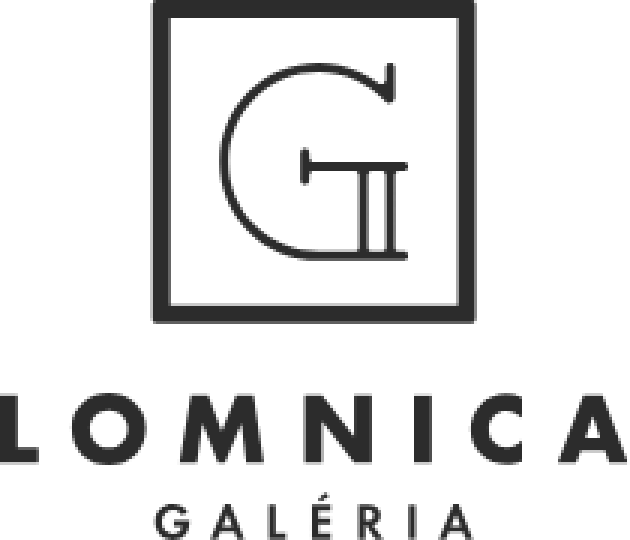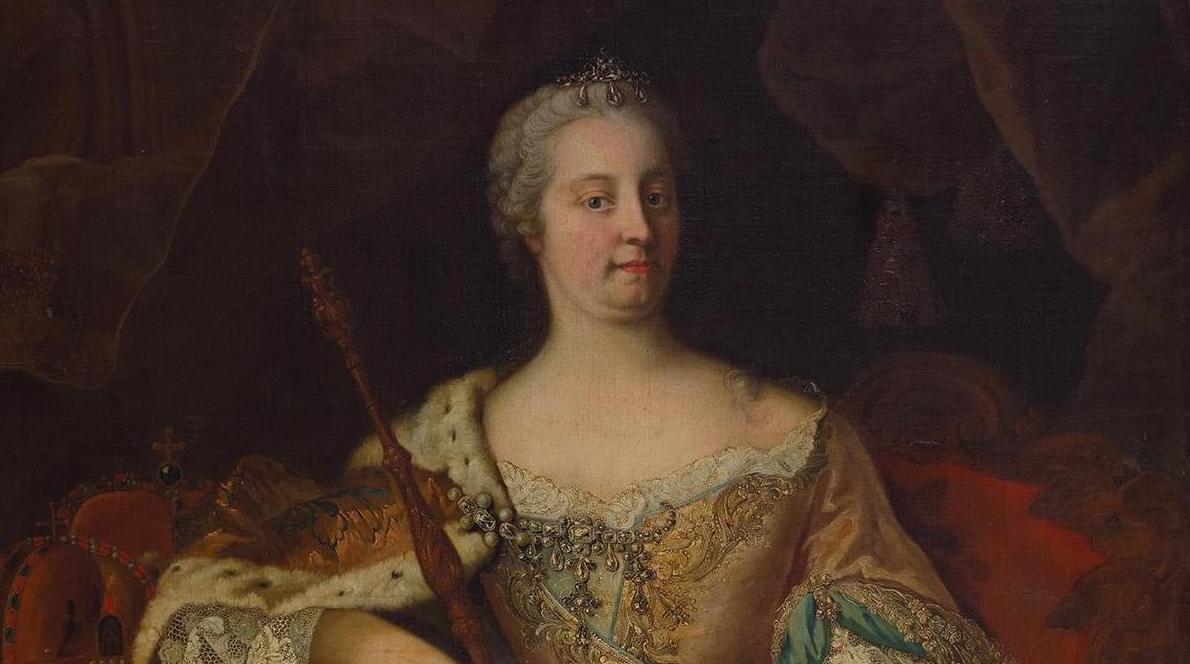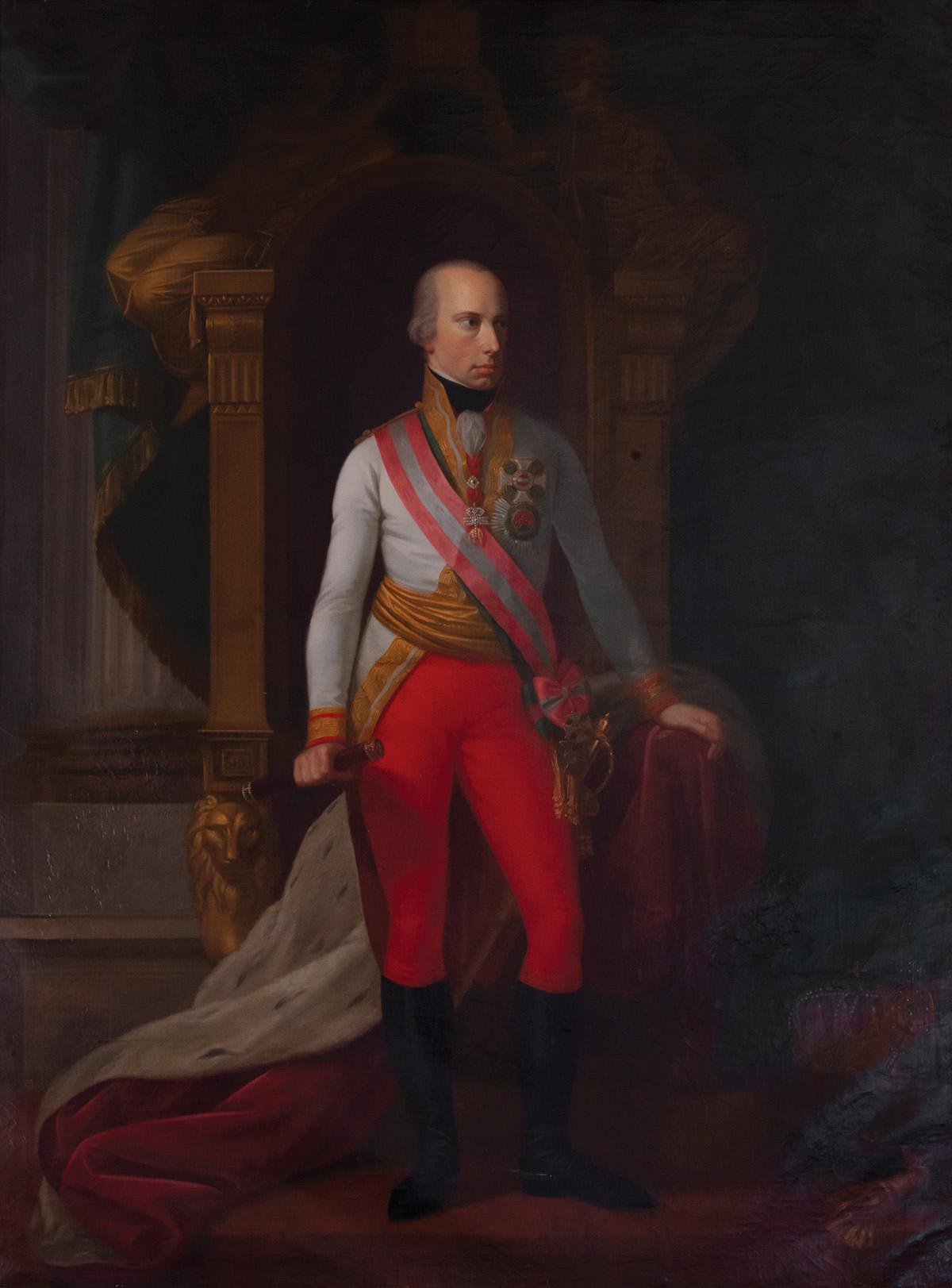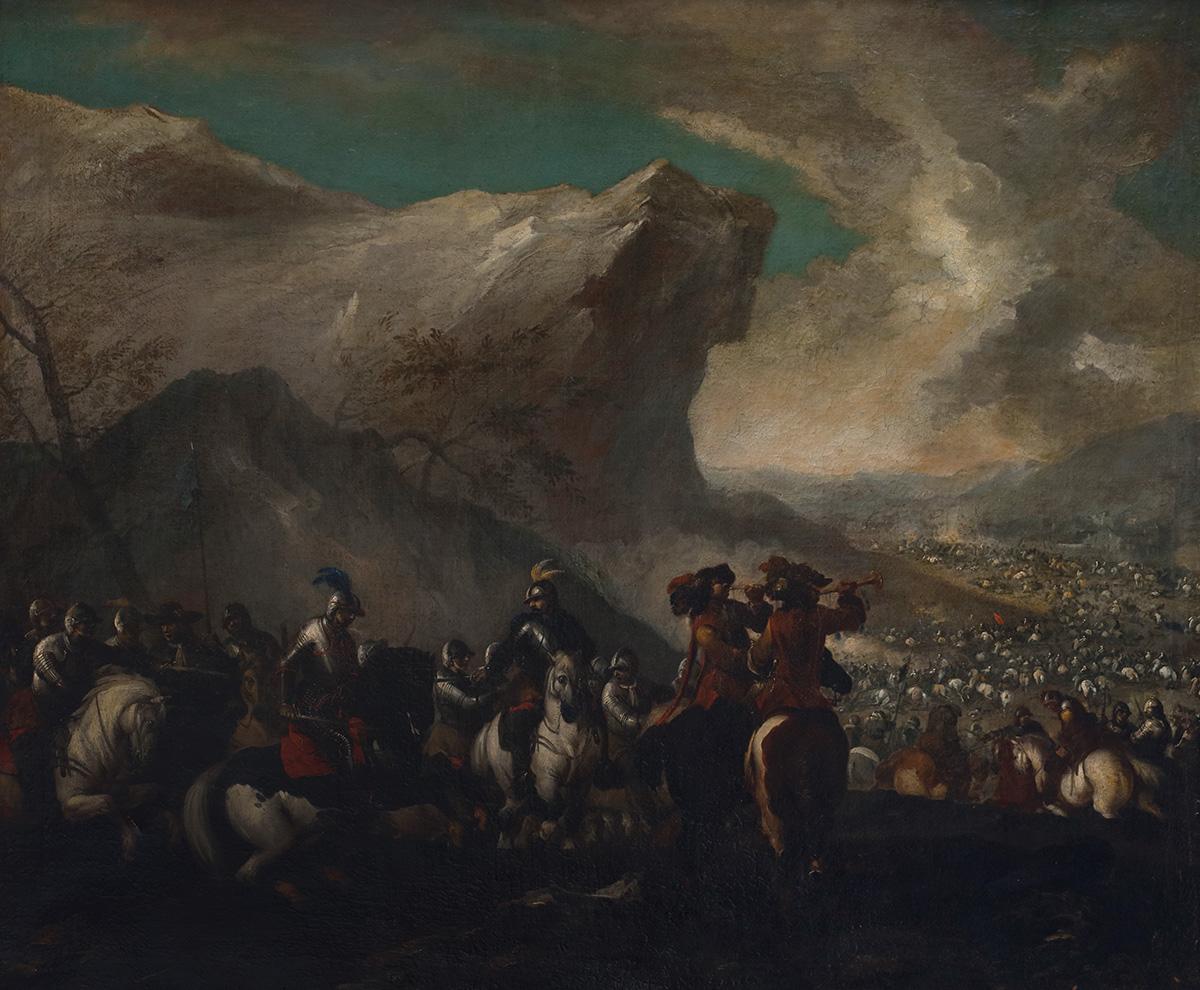The idea to prepare a representative exhibition of historical portraits of the Habsburgs in the Pálffy Manor House in Svätý Jur arose in the context of historical and family connections. The famous Pálffy family line from Erdod was one of the richest Hungarian family lines.
The idea to prepare a representative exhibition of historical portraits of the Habsburgs in the Pálffy Manor House in Svätý Jur arose in the context of historical and family connections. The famous Pálffy family from Erdod was one of the richest Hungarian families, who supported the Habsburgs in the difficult years of the Reformation and re-Catholicization, the Turkish expansion of the Ottoman Empire in Hungary, but also during the anti-Habsburg uprisings of the estates.
A separate chapter of the art genres is a portrait belonging to historical and royal portraits, which captures not only the image, psychology, fashion, but also representative elements (orders, chasubles, decorations), or wider historical circumstances (battles, coronations). In addition to the individual royal portrait, the collection also includes portraits that have a broader (most often kinship) context. Very often we meet a portrait diptych (imperial spouses Elizabeth-Christina and Charles VI, parents of Maria Theresa), pendant solutions (Maria Theresa and Francis of Lorraine, founders of the Habsburg-Lorraine lineage; Franz Joseph I and Elizabeth – Sissi), or a wider family or group portrait (Equestrian portrait of Franz Joseph I and his son Rudolf).
The Svatý Jur collection – with the exception of Emperor Charles VI and Empress Elizabeth of Brunswick-Wolfenbüttel - captures the key figures of the Habsburg family after the pragmatic sanction of Charles VI, which allowed the successor tradition to continue even if the family died out by the sword. The marriage of Maria Theresa to Francis of Lorraine begins one of the new lines of the family succession, which is mainly related to the Austrian and Hungarian (partly Czech) historical circle. It is this part of the family history that forms the core of the Svatý Jur collection.
We cannot identify more than half of the authors of the displayed portraits, as the name of the artist was cast aside in the official portrait. The works certainly reach an academic historical level of Central European provenance, especially of the 18th and 19th centuries. Nevertheless, our collection also includes the resounding names of official court portraitists with a European reputation: Martin van Meytens (1695 – 1770), Frans van Stampart (1675 – 1750), Josef Hickel (1736 – 1804), Pompeo Girolamo Battoni (1708 – 1787), Carl Caspar (1747 – 1809), Joseph Dorffmeister (1764 – 1807), Franz Schrotzberg (1811 -1889), Friedrich von Amerling (1803 – 1887) and Gyula Benczúr (1844 – 1920). In addition to portrait paintings, graphic engraving transpositions of famous portraits were also created, mainly by Josef Kriehuber (1800 – 1876) and Eduard Kaiser (1820 – 1895). The painting portrait collection is suitably complemented by sculptural portraits, especially of Emperor Franz Joseph and his wife Sissi, created by well-known artists Heinrich Schwabe (1847 – 1924), Robert Weigl (1851 – 1902) and Gyorgy Zala (1858 – 1937).
If we were to look for the common feature of the vast majority of portrait works in the Svatý Jur collection, we would have to look at the Baroque and Classicist art history in France and Italy (these national circuits set the tone for the European art style). We would certainly notice the importance of Baroque pomposity, generous compositions, an extraordinary sense of decorative elements and draperies, including refined and intense colourfulness (including the artistic illusion called trompe l oeil).
The life of the portrayed imperial personalities was surrounded by many political, social, military and court personalities, which well complement the Svatý Jur collection. Similarly, the visitor can also find many important historical events in this collection, especially of a military nature (the Thirty Years' War, the fight for the Spanish heritage, anti-Turkish conquests, including the Battle of Vienna, the anti-Habsburg uprisings of the estates, the Silesian Wars). Also in this military genre, we can note outstanding painters of dramatic battle scenes, such as August Querfurt (1696 – 1761), Georg Philipp Rugendas (1666 – 1742), Jan van Huchtenburgh (1647 – 1733) and Jacobsz (Jan) van der Stoffe (1611 – 1682).
Exposition
Tatranská Lomnica
Hotel Lomnica
Tatranská Lomnica 92
059 60 Vysoké Tatry




